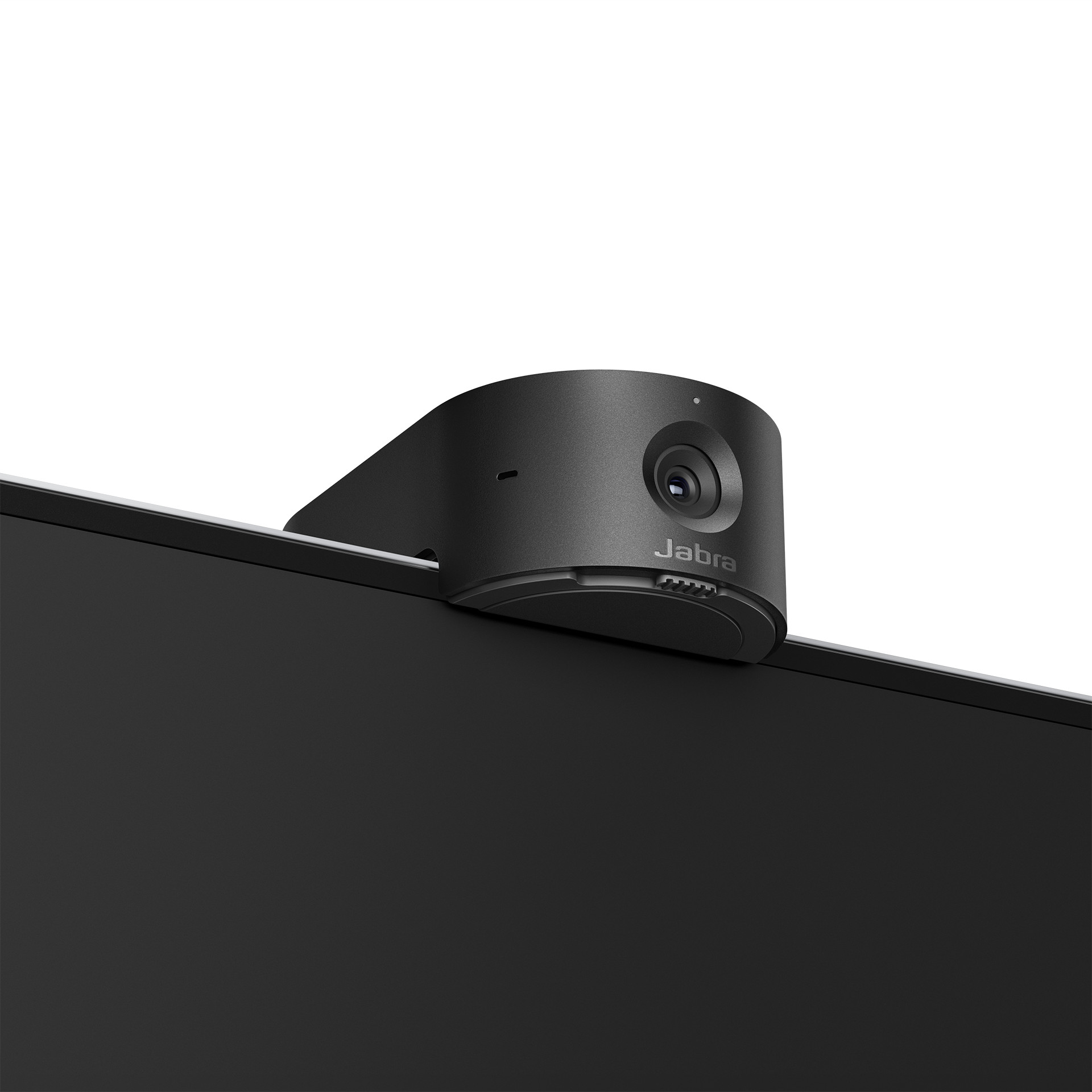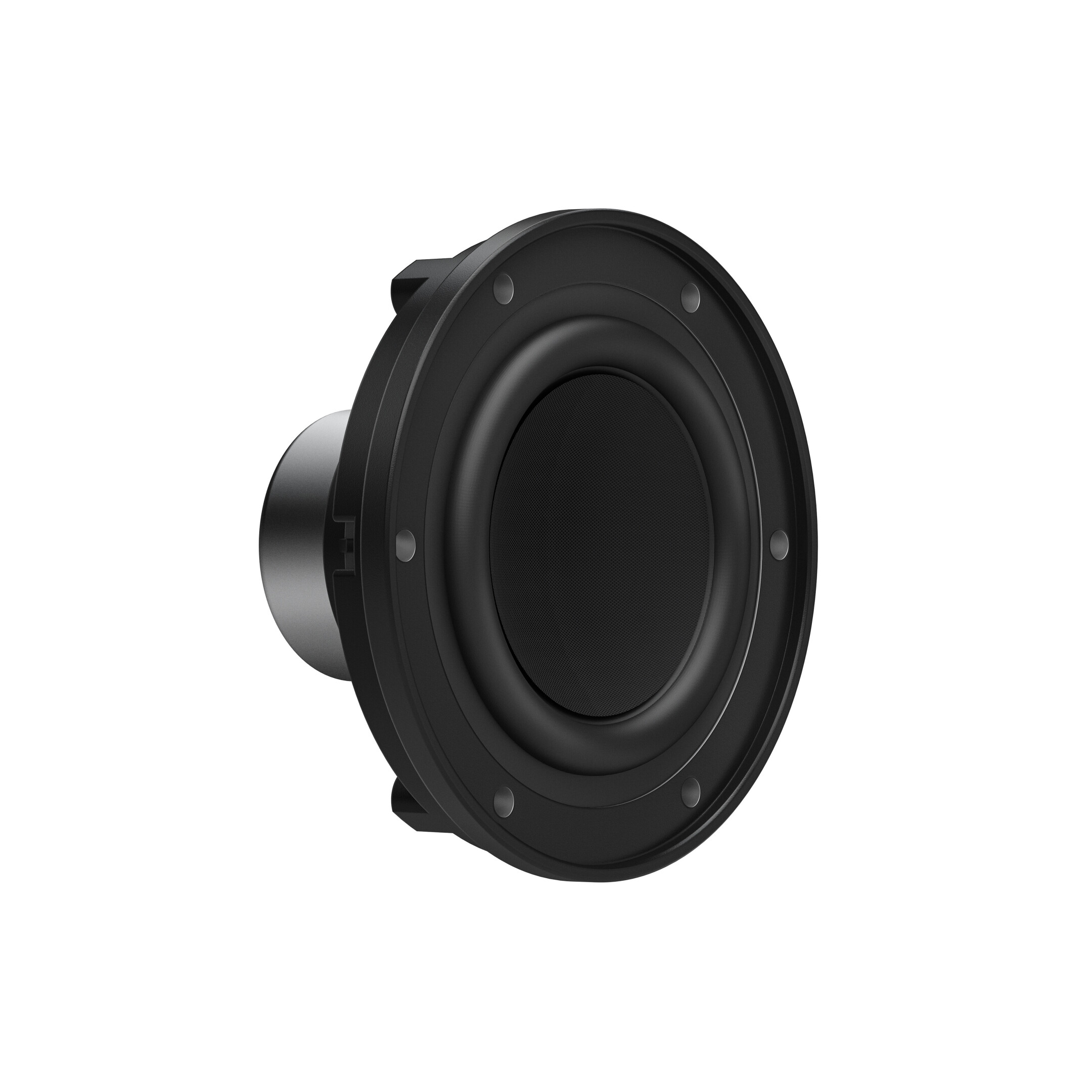Jabra meeting room solutions
Here you can find Jabra UCC meeting room solutions. The Jabra UCC meeting room solutions offer the best conferencing equipment for meeting rooms of any size. The series consists of all-in-one video conferencing systems including a conference camera, speakers and a speakerphone. Buy a Jabra UCC meeting room solution and get the perfect conferencing equipment from the leading manufacturer.
Is a Jabra UCC meeting room solution the right choice for you?
Find out together with our visunext product experts!
Find out together with our visunext product experts!

3 Products
Sort by:


























